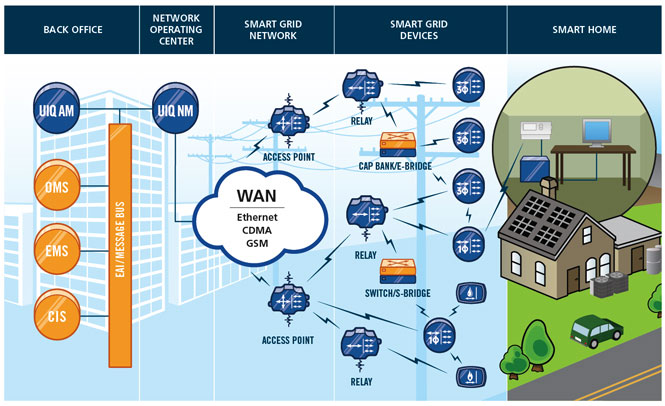Virtualization offers great cost and efficiency benefits to IT systems. These benefits are quite lucrative and so companies should not be ignoring them. In very basic terms, virtualization allows you to simulate a computer on another computer. In that way, you can go as far as virtualizing an entire server farm on your home tablet
In effect, you can use several environments and cluster them together into a single piece of hardware. The concept is illustrated in the below diagram:
This video also illustrates the idea:
Practically, there are several business benefits to virtualization. The TalkTechToMe blog has provided an outline for these benefits. We shall explore a few of the benefits in more detail by using the technology of VMWare.
Firstly, virtualization offers cheap implementation. This benefit arises from the fact that the operating structure is united over several computers. Say, you own 5 servers. Classically, each server would require a a copy of the Windows Server operating system (or similar). Costs would be between $10,000 to $15,000 in fees. With a VMWare solution however, you only need one license and one practical server (that of VMWare) - all the rest is virtualized. This will also reduce your expenses on power and cooling.
The benefit of a virtualization also lies in the notion that everything is virtual. This might sound obvious, but the benefit is that, virtuality is much more flexible than reality. For example, you can virtually snapshot an entire computing system at any given moment and back it up. With virtualization software, this is easily implemented. You can snapshot a virtual system continuously and then go back in time to any step in the process and re-continue from there. It is very similar to Apple's TimeMachine for personal computers. In contrast, backing up real computers with even more computers is quite difficult. In addition, snapshots can also be duplicated and copied to any other system. This greatly reduces set-up time and increases the possibilities for quick expansion.
Furthermore, virtualization separates hardware and software. Mostly, hardware is linked to a single piece of software. An example for this are personal computers: there are Macs and there are Windows computers. Each come with their own operating system and neither of them can run the other. Through virtualization however, any operating system can be run on any hardware. Not only that, but virtualization allows to run multiple systems on one system. This makes your infrastructure simpler and much more efficient (see here).
These benefits show clear efficiency and cost advantages for businesses and the IT infrstructure. Though what makes this technology a green IT solution? Well, there are several eco-friendly factors that make this attractive. First, it is the requirement for less physical servers (the ratio here is roughly 10:1 in saving). This reduces the carbon footprint of a business. Secondly, the virtualization allows for usage of more resources of a single computer (in fact, up to 80% efficiency more!). Thirdly, there is an overall efficiency gain for processes and operations. Any gains in that area will somehow translate into a greener environment. Consequently, virtualization is a very green IT solution.
In conclusion, virtualization is an amazing green technology. It cuts costs, increases IT system efficiency and is more secure and expandable. This makes this technology something that any business should look at to increase its business position.
Make sure to follow us on Twitter and Facebook for the latest updates.












